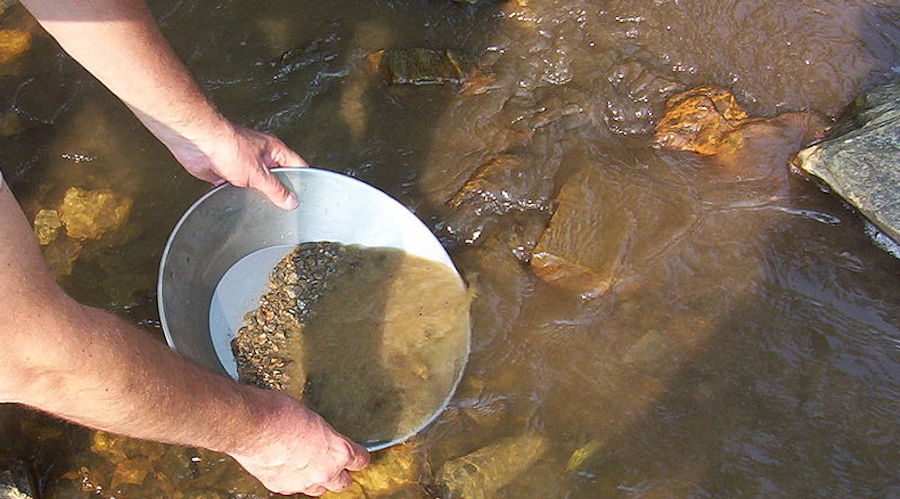
Costa Rica’s Environment Minister, Carlos Manuel Rodríguez, told local media this week that the environmental damage caused by the more than 4,000 artisanal miners that broke into Las Crucitas gold mine was not as bad as was first feared and that the area is expected to recover in a couple of years.
According to Rodríguez, the miners cut trees and dug 2-metre-deep pits in an area of about 15 hectares which, in his view, will recover by itself.
The minister also said that nearby watersheds seem to have suffered very little disturbance by the cyanide and mercury used to recover the yellow metal because no fishes were found dead. However, he emphasized that National University experts will conduct chemical tests to confirm or dismiss the presence of toxic substances in the rivers.
In total, Las Crucitas occupies 261 hectares and is located in the northern region of the same name. Up to 2013, it was operated by Canadian gold miner Infinito Gold (TSX.V:IG) but a new mining law rendered the open-pit mine illegal.
Exploration in the area began in the early 90s, with the Calgary-based miner forecasting a mine life of 10 years and a total output of 19.8 tonnes of gold. By the time the concession was revoked, Infinito claimed to have invested $92 million in the project and lost $1 billion in profits.
Despite the fact that the case is being heard at the International Centre for Settlement Dispute, the Environment Minister let his opposition to the project transpire by saying that even though the illegal miners caused some destruction, if Infinito’s plan had been allowed to move forward, some 72 hectares of forest would have been damaged and a similar extension of clean water sources would have been polluted.